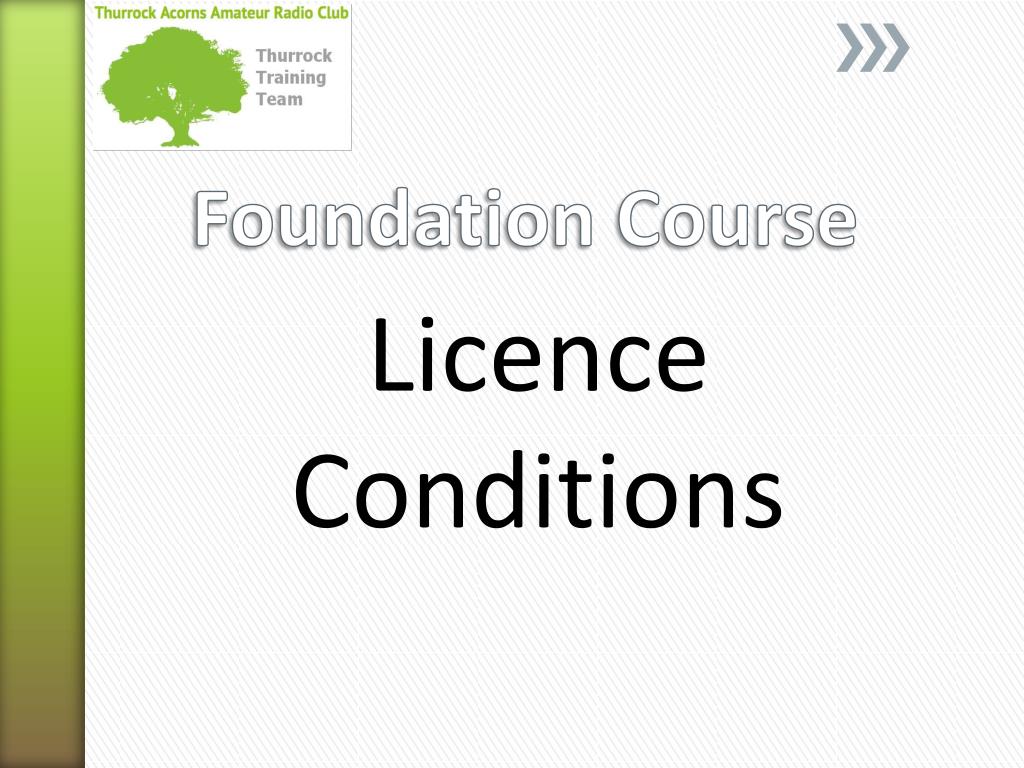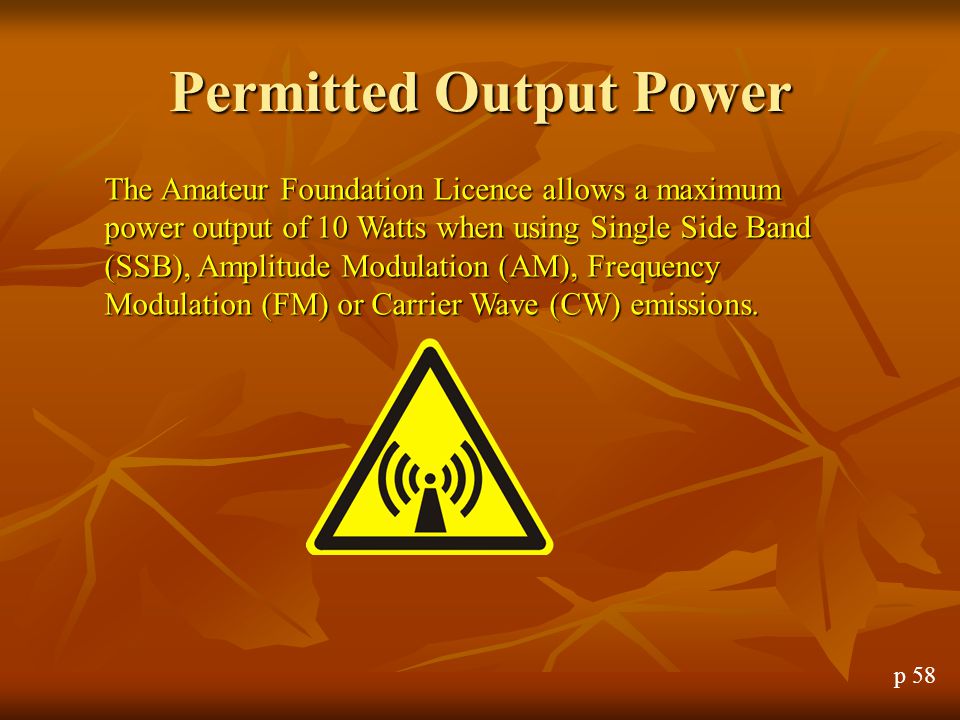
Students must ‘recall’ these things they must know what they are and when they are the correct answer to a question. ‘Computing Devices’ called ADCs (Analogue to Digital Converter) and DACs (Digital to Analogue Converter) are required because humans cannot process raw digital audio. Section 2F2 deals with how digital signals are processed. This has 44,000 data values per second, each ranging from zero to two to the power of sixteen minus one, which is 65536 in decimal. Take CD digital audio, sampled at 44kHz and stored at 16-bit resolution. The sample rate determines how frequently a value is stored. In an analogue waveform there are an infinite number of possible values but a digital waveform has a fundamental granularity because only integer values, from zero to the maximum facilitated, can be stored and retrieved. These topics have come down from the Intermediate syllabus.ĭigital signals are introduced in section 2F. Sections 2C1 and 2C2 require the student to know Kirchhoff’s Law (but not by name), that is to say, the current in a circuit is the same everywhere. ‘Broadcasting’ does appear in the new syllabus under Band Plans in Section 7B1, where it has the usual ‘Terry Wogan’ meaning.įundamental theory (section 2A), Power (2B), AC theory (2E) and Cells and power supplies (2J) are unchanged in content from the previous syllabus. This is what Broadcasting was but the word is not used. Section 1C3 of the new syllabus dictates that transmitting ‘for general reception, that is to anybody that may be listening’ is not allowed, with the exception of CQ calls and nets. In the old syllabus, in section 2c.4, Broadcasting (which was never defined) is not permitted. If I simply transmit, identifying correctly as G7ETW, this will not match the embedded owner’s callsign in my transmissions and I, not the radio’s owner, will be guilty of not clearly identifying myself on air. Imagine I am using a friend’s DMR radio in a scenario that does not constitute Supervision. In setting up a DMR transmitter, the user programs in a callsign, which is transmitted in the data stream. Take DMR handheld radios, an example of what the new syllabus calls ‘Digital Voice’ or DV transmitters. Note also Syllabus ref 7F1 (Operating Practices and Procedures) embedded callsigns must be considered. This might seem obvious, since the supervisor is legally the station on air, but Foundation students often find Supervision puzzling so this detail is a good idea. This is fundamentally no different to the long-standing requirement to identify on change of mode.Ĭhange of supervisor now specifically requires an amateur to give a callsign. Syllabus ref 1A5 lists the criteria for when callsigns should be given, including on change of digital protocol.

Section 1: Licensing Conditions and Station Identification This gave some people the impression that whole swathes of learning have been removed but this is not the case. There has been some confusion regarding the syllabus reference numbers, which have totally changed. The images come mainly from my club’s Intermediate course slide deck.

from the syllabus) because the material is not available as I write this. The pictures and diagrams in this article are not ‘official’ (i.e. I plan to write similar articles about the new Intermediate and Advanced syllabi. My purpose in writing this is to highlight what is changing and to make practical teaching suggestions for the new subjects.

Good operating and safety are still at the core of the syllabus but a number of new topics (chiefly ‘digital signals’) have been added and some things dropped.

This article is intended to help club Education leads plan for the new Foundation Syllabus, which comes into effect in September 2019.


 0 kommentar(er)
0 kommentar(er)
